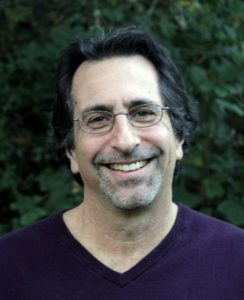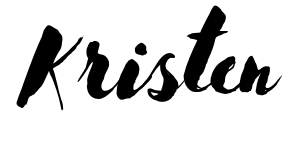One of the greatest joys for me is reading a good book but when I get to interview the author on my podcast, it really doesn’t get any better. A year ago, I had the absolute pleasure of interviewing author Raphael Cushnir about his book, How to Now. Definitely go back and have a listen to that episode (number 36). It’s one of my favorites. (You can list to that here).
Here we are, a year later, and I am so excited to have Raphael back again, this time to discuss his book, The One Thing Holding You Back.
 When we start to think about what might be holding us back—from a job or career change, from a bucket list dream, etc.—we might assume that our lack progress or momentum can be blamed on things like self-discipline, money, time, or opportunity.
When we start to think about what might be holding us back—from a job or career change, from a bucket list dream, etc.—we might assume that our lack progress or momentum can be blamed on things like self-discipline, money, time, or opportunity.
But Raphael sees it differently. In our interview this week, he explains that it’s actually our resistance to difficult emotions that keeps us stuck.
In the weeks since I read Raphael’s book and recorded this interview, I’ve been looking for the flinches and noticing where I contract. Interestingly enough, I can recall having one such flinch when I started to think about reaching out to Raphael about being a guest for a second time on this podcast. There was this moment of trepidation that created contraction in my solar plexus.
I had very little awareness of the flinch at the time, but I can describe it as a moment or retraction and constriction, in which my brain says, “ooh, better not.” What this interview and book have taught me is to sit with that feeling for a moment, investigate it, be a scientist about it, and get more data. Because underneath that pause, that moment when I think “oooh, I better not,” is where I get stuck. It’s what’s holding me back. What an incredible awareness to have.
KEY TAKEAWAYS
- An emotion is merely a message sent from your mind, which is distributed throughout the body, and delivered to your body as a feeling. All emotions are physical, which serve to draw our attention to our inner world.
- We each have a human feedback system that helps us determine what’s happening within and around us. Our emotions are a critical aspect of this system, which is what we use to guide our way forward and understand more deeply who we are.
- Emotions are always real but they are not always true or accurate. To be with them effectively, we feel first, think next, and talk/act last.
- Our emotion is not the same as our reaction to it. For instance, we might feel sad and react with tears and yelling. When we can learn to be with our emotions peacefully, without big or chaotic reactions, we can receive the message the emotion is sending without the storm.
- Our optimal state is one of relaxation and expansion versus contraction. When we constantly live in a state of contraction or prolonged resistance—meaning we refuse to feel our feelings and receive the message they are sending—we get stuck. We keep repeating the same patterns and getting the same results.
- Any time you see a pattern of repeatedly not taking the next step that would move you toward your goal, look for a flinch or contraction. Chances are there is an emotion you’re not willing to feel so in moving away from that difficult emotion, you move away from your goal. Instead, ask yourself: what’s the worst thing that could happen? How would that feel? And then be with that feeling. Find clarity in what’s really holding you back.
- The opposite of resistance is acceptance. We don’t have to like an emotion but we can make room for it. And once we do, we can surf its waves, which might only last a few minutes.
- Strengthen your witnessing muscle. Learn to watch for the flinch and catch the contraction. Tune in on a regular basis—perhaps with a daily centering practice—in order to create a habit out of strengthening your witnessing muscle.
A big thanks to Raphael for being my guest this week. You can learn more about his work, his books and access his resources at www.cushnir.com.
By the way, if you haven’t noticed yet, I’m now offering a free 5-day course to help you establish a daily centering practice. Just sign up here and you’ll start receiving the daily audio course and free resources.
Until next time,
